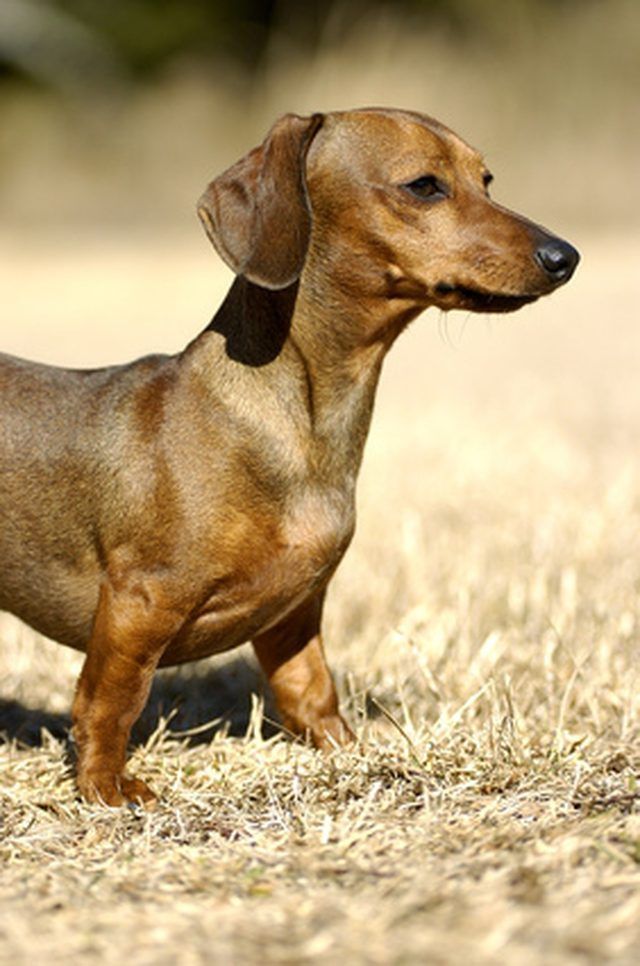Bulbs
Flower Basics
Flower Beds & Specialty Gardens
Flower Garden
Garden Furniture
Garden Gnomes
Garden Seeds
Garden Sheds
Garden Statues
Garden Tools & Supplies
Gardening Basics
Green & Organic
Groundcovers & Vines
Growing Annuals
Growing Basil
Growing Beans
Growing Berries
Growing Blueberries
Growing Cactus
Growing Corn
Growing Cotton
Growing Edibles
Growing Flowers
Growing Garlic
Growing Grapes
Growing Grass
Growing Herbs
Growing Jasmine
Growing Mint
Growing Mushrooms
Orchids
Growing Peanuts
Growing Perennials
Growing Plants
Growing Rosemary
Growing Roses
Growing Strawberries
Growing Sunflowers
Growing Thyme
Growing Tomatoes
Growing Tulips
Growing Vegetables
Herb Basics
Herb Garden
Indoor Growing
Landscaping Basics
Landscaping Patios
Landscaping Plants
Landscaping Shrubs
Landscaping Trees
Landscaping Walks & Pathways
Lawn Basics
Lawn Maintenance
Lawn Mowers
Lawn Ornaments
Lawn Planting
Lawn Tools
Outdoor Growing
Overall Landscape Planning
Pests, Weeds & Problems
Plant Basics
Rock Garden
Rose Garden
Shrubs
Soil
Specialty Gardens
Trees
Vegetable Garden
Yard Maintenance
Plants Toxic to Animals: The Lipstick Plant
Plants Toxic to Animals: The Lipstick Plant. With all the different things out there that can harm animals, it's hard to know which plants are toxic to them and which ones are not. In fact, the ASPCA has a list of toxic and non-toxic plants on their website to help pet owners understand the dangers of having certain plants in their homes. The...

With all the different things out there that can harm animals, it's hard to know which plants are toxic to them and which ones are not. In fact, the ASPCA has a list of toxic and non-toxic plants on their website to help pet owners understand the dangers of having certain plants in their homes. The lipstick plant is often thought to be poisonous to animals.
Identification
The lipstick plant looks a lot different than most plants that can be found in a home or garden. It has lots of green leaves and tube-like flowers that hang off of it. These flowers are usually a vibrant-colored red. Because of the way the plant grows, it is often grown in hanging baskets, which allows it to hang downward. The flowers bloom off and on throughout the year, and the plant requires a good amount of sunlight.
Geography
Though the lipstick plant can be grown and maintained in a nurturing environment, as long as the temperatures are right, the plant is typically found in tropical areas, as well as South America and the West Indies. The lipstick plant will thrive in an environment that is hot, humid and sunny. Above all else, it requires an area, such as a greenhouse, where it can get at least 12 to 16 hours of sunlight per day.
Theories/Speculation
It's not clear why some think that the lipstick plant is toxic to animals. Perhaps it's the plant's exotic look. Or maybe there had been a case of an animal getting sick and a lipstick plant was thought to be the cause of the illness. Regardless of the reason, these rumors are not true. Lipstick plants are also known as Aeschynanthus radicans and are often kept indoors, so the likelihood of a pet coming into contact with one is fairly high.
Effects
Though the lipstick plant is not toxic to animals, if ingested, it could cause the animal to show signs of toxicity. Even if the plants an animal swallows are not toxic, it can still experience nausea, vomiting and diarrhea, just like it would if it swallowed a toxic plant. The difference is that a non-toxic plant will merely make the animal sick, which it will eventually get over, whereas a toxic plant could kill the animal.
Prevention/Solution
Though an animal will not die from ingesting parts of a lipstick plant, it's probably not a good idea to let an animal chew on it. Therefore, placing the plant out of reach is important. If possible, placing the plant in a greenhouse could also help keep it away from animals who might want to chew on it. Hanging baskets kept out of reach are another way to ensure that an animal does not get hold of the plant.